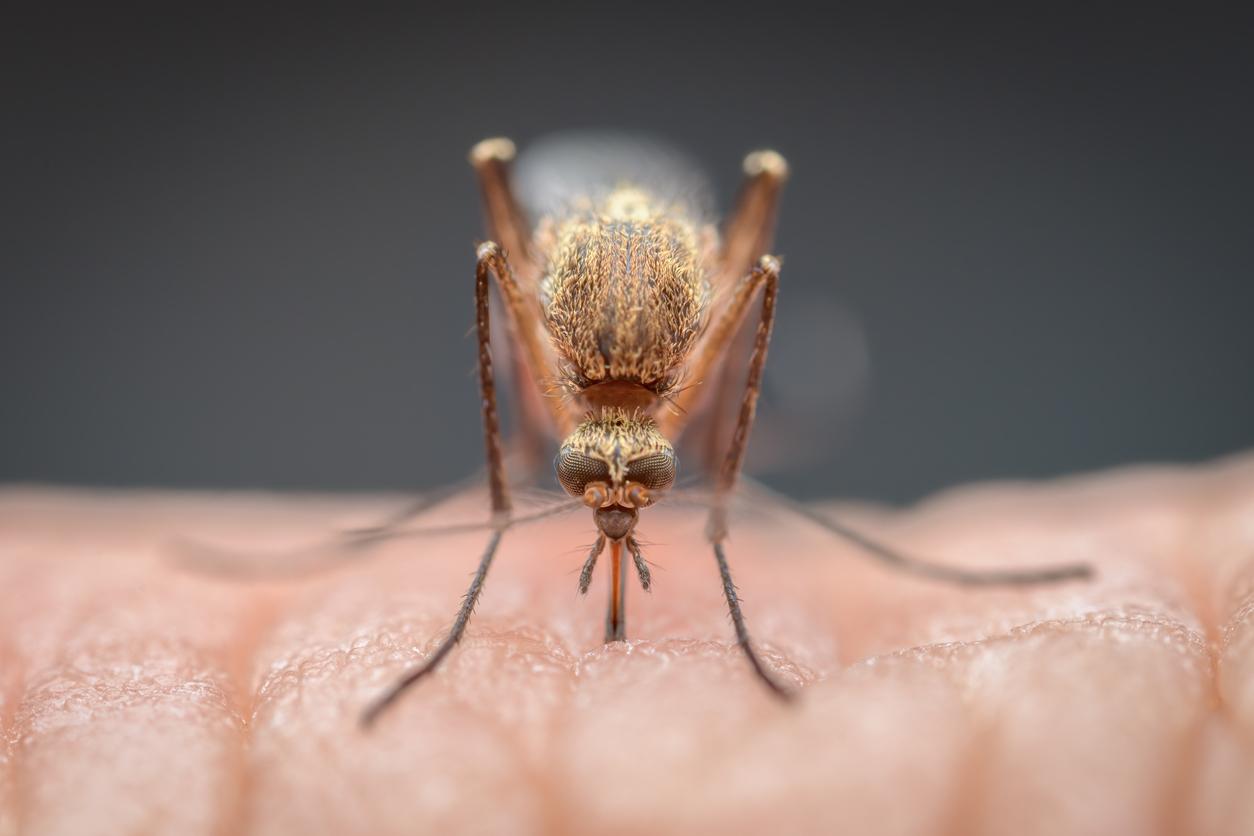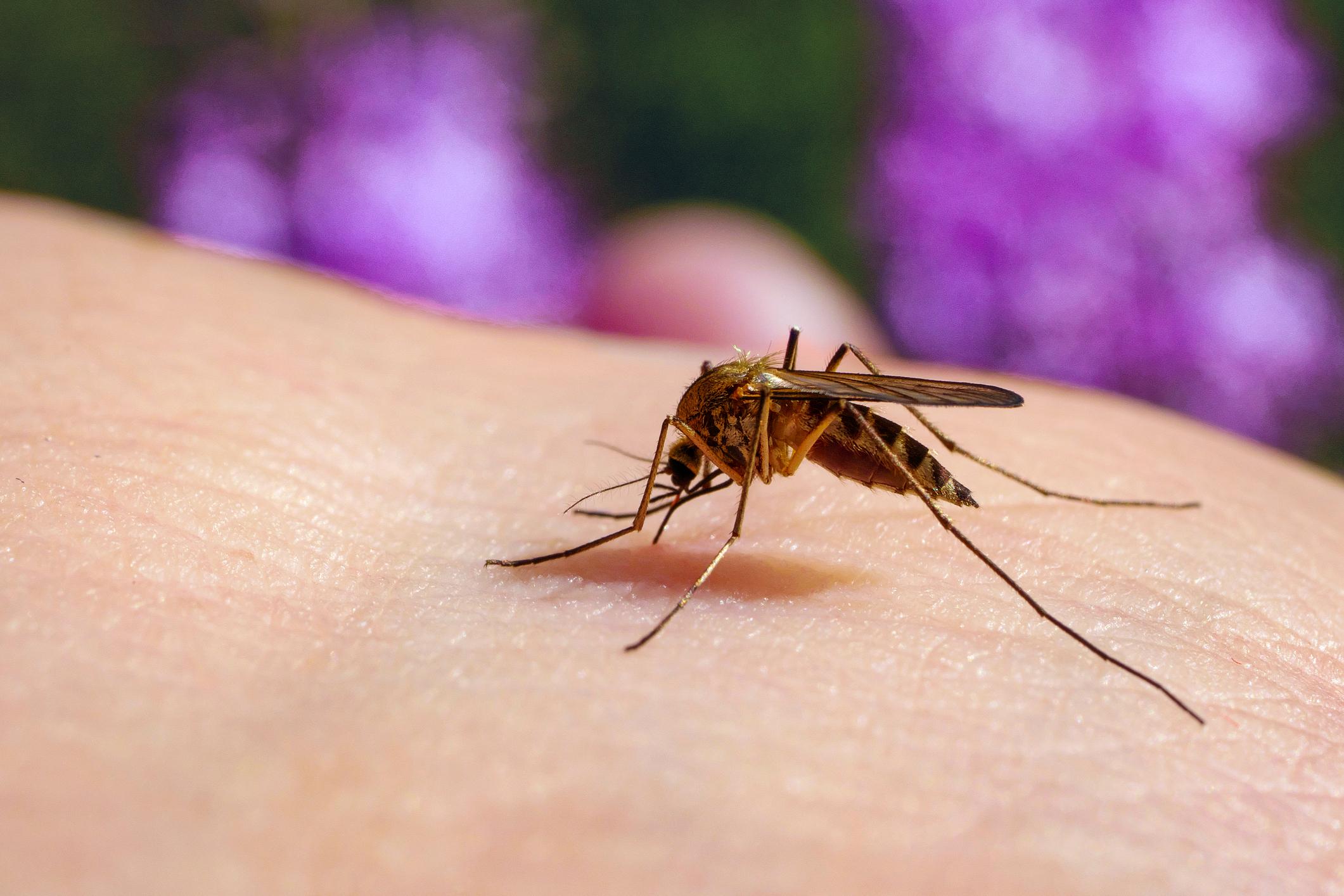
Five tips for snot-free running, cycling or bootcamps
In the spring it is often wonderful weather to exercise outside. Unless you suffer from hay fever, because on sunny days there is a lot of pollen floating in the air. How can you enjoy running, bootcamping or cycling in the spring? Five tips.
If you have hay fever, you are hypersensitive to the pollen grains that certain grasses, plants and trees produce. If the mucous membranes of your eyes, nose, mouth, throat or windpipe come into contact with pollen, your immune system reacts violently. The mucous membrane produces extra mucus so that you start sniffling. You may also have other complaints.
How do you keep your hay fever complaints under control while exercising outside?
1. Watch the weather
The weather has a major influence on the amount of pollen in the air. The heaviest days for hay fever patients are sunny, warm days with a breeze. Flowers produce the most pollen when it is warm and sunny. The wind then disperses the pollen. Winds from the east contain more pollen because they carry air from a larger area of pollen than west winds from the coast.
Moisture washes the pollen out of the air: the pollen concentration is therefore lowest during precipitation or fog. The hours after a rain shower are therefore an ideal time to exercise if you have hay fever. (Or do you already venture outside during the rain). There is also less pollen in the air early in the morning and late at night.
2. Wear sunglasses
With hay fever you often not only suffer from a runny nose and sneezes, but also from itchy, burning eyes. By wearing sunglasses while exercising, you keep the worst pollen out of the mucous membranes of your eyes. Moreover, with glasses on, you are less bothered by any wind that plagues your eyes. Another plus of sunglasses: they prevent you from rubbing your eyes. Rubbing makes the irritation worse and can even cause inflammation.
You can also try to keep pollen out of your nose with Vaseline. Apply a lick around your nose. The pollen then sticks to it, so that it doesn’t end up in your airways.
3. Choose a suitable location
Although pollen spreads through the air, the concentration of pollen is highest near grasses, plants and trees. You will therefore probably experience fewer complaints in the city than between meadows. However, the pollen concentration is high again around busy highways. A wooded area is pleasant for some hay fever patients: deciduous trees filter the air, as it were. If you suffer from birches, a forest with many of these trees is of course not a good sports location.
Do you live on the coast? Then you are lucky. The wind that blows from the sea to the land contains little pollen.
4. Wash your hair and clothes
Pollen sticks to your sports outfit and hair, so you take it home from outside. Wash your clothes immediately after exercising. Get in the shower and wash your hair to rinse off all the pollen.
5. Use a nasal spray or tablets
Doesn’t all this help? Then you can use medication. If you occasionally experience discomfort, try a nasal spray or antihistamine tablets. If you have persistent hay fever, a nasal spray with corticosteroids or a combination of antihistamines and corticosteroids can help.
In case of persistent complaints, it is wise to ask your doctor for advice.














